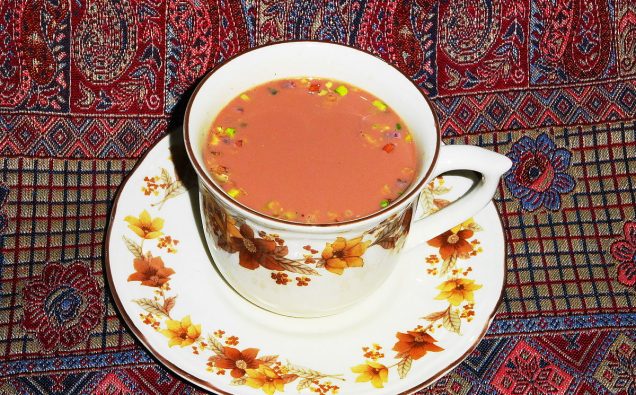
A cup of tea in the COVID times is not just a drink. It means a lot to those used to taking thee drink several times while at work or socializing.
It’s been more than a year when many workers around the world started working from their homes as the pandemic shuttered down the business as usual. That naturally shifted the team consumption at the workplace to home – with no time constraints and the number of cups of tea – from breakfast right up to bedtime. In the early months of the virus outbreak, people in some societies said yes to the idea that hot drinks could damage the coronavirus also contributed to some people taking hot teams.
This year’s International Day of Tea is both a celebration of the drink and a source of commercial earnings for millions around the world.
In fact, statistics show that the global tea trade in 2020 was affected by logistics issues and measures imposed to contain COVID-19. But thanks to people’s love for the beverage and in some cases, the in-home consumption of tea more than offset the shrinking out-of-home consumption.
During the first weeks of lockdown, in-home tea sales surged, jumping by a whopping 75 percent in some consuming countries.
The drink may be on its way to becoming a quintessential part of the cultures of globalized societies as well as world commerce.
A report by the Food and Agriculture Organization says tea has already become the second most-consumed drink in the world, after water.
According to the FAO, the global consumption of tea amounted to about 6.3 billion kilograms in 2020 and is estimated to reach to 7.4 billion kilograms by 2025.
China, the world’s largest populated country and home to the origins of the drink have an annual production of 2.4 million tonnes. It remains the top tea producer.
India, the second-largest population, is the second-biggest producer with 0.9 million tonnes. The other major tea-producing countries include Kenya, Sri Lanka, Turkey, Indonesia, Vietnam, Japan, Iran, and Argentina.
Over many centuries, tea is available in many varieties, which differ according to the applied oxidation and fermentation technique. Medical experts say drinking tea could bring many health benefits, from anti-inflammatory to antioxidant and weight loss effects. The benefits of different flavors might differ for people. A lot of people also like innovative flavor combinations.

Arshad Khan, the famous chai wala became an instant celebrity after a photo by Javeria Ali went viral.
Image Credit: Jiah’s Photography
A recent trend suggests that natural, earthy alternative flavors such as ginger, matcha, turmeric, and cumin have been in higher demand. Cheese tea is another foodservice phenomenon, which has been especially popular in Asian countries such as Malaysia, Taiwan, and China.
Besides, the traditionally served black tea, Pakistan has also ha varieties that are favorite with people. For example, “Elaichi Chai” is popular in Karachi, Doodh Pati Chai, a kind of creamy version, is commonly liked in Punjab, “Kahwa is popular in the Khyber Pakhtunkhwa region while ‘pink’ Kashmiri chai with pistachio and cardamoms is a treat for tea lovers in Kashmir and many parts of Pakistan and India.
Whatever the variety, a cuppa of tea has served as a great source of normalness in the strangely different COVID times. Many people also have a keen interest in stories behind tea and “chai walaas” the tea sellers.





![By Miansari66 (Own work) [Public domain], via Wikimedia Commons](https://www.viewsnews.net/wp-content/uploads/2018/02/Masala_Chai-2.jpg)












